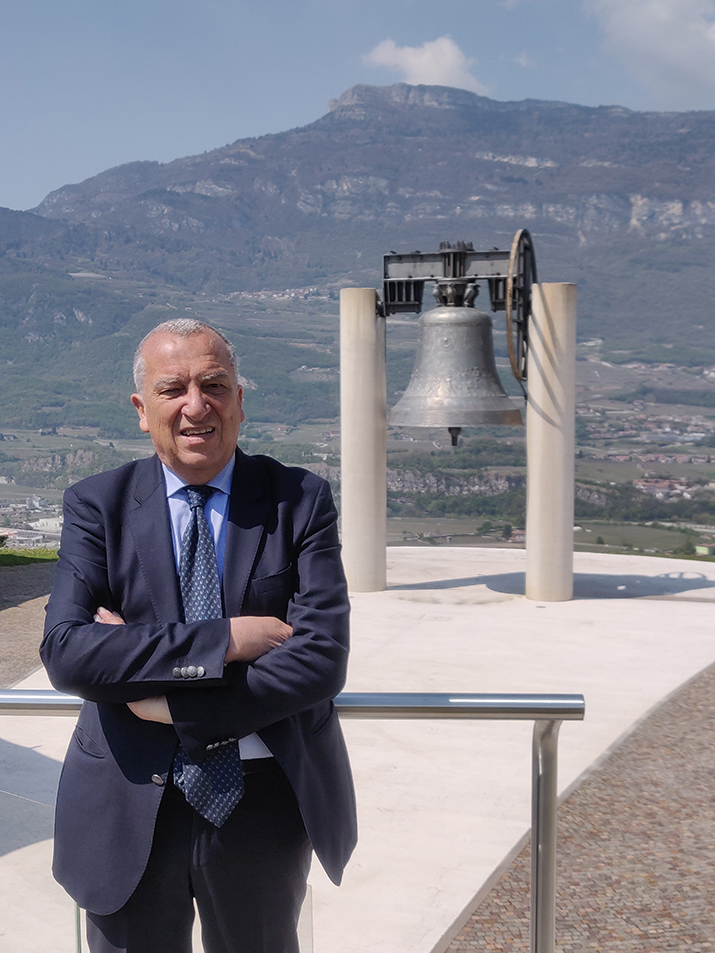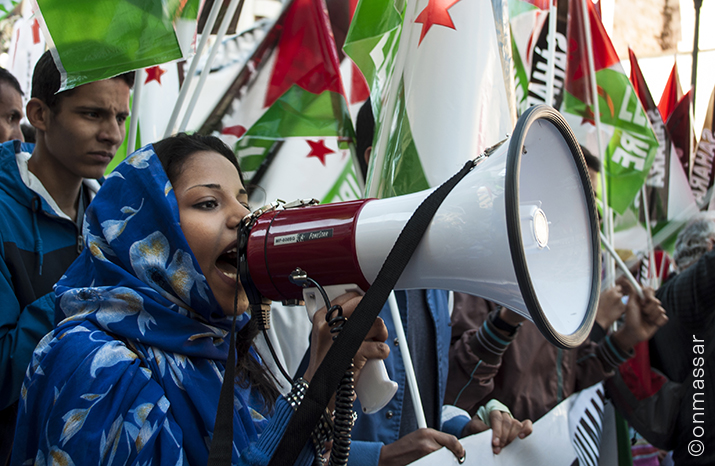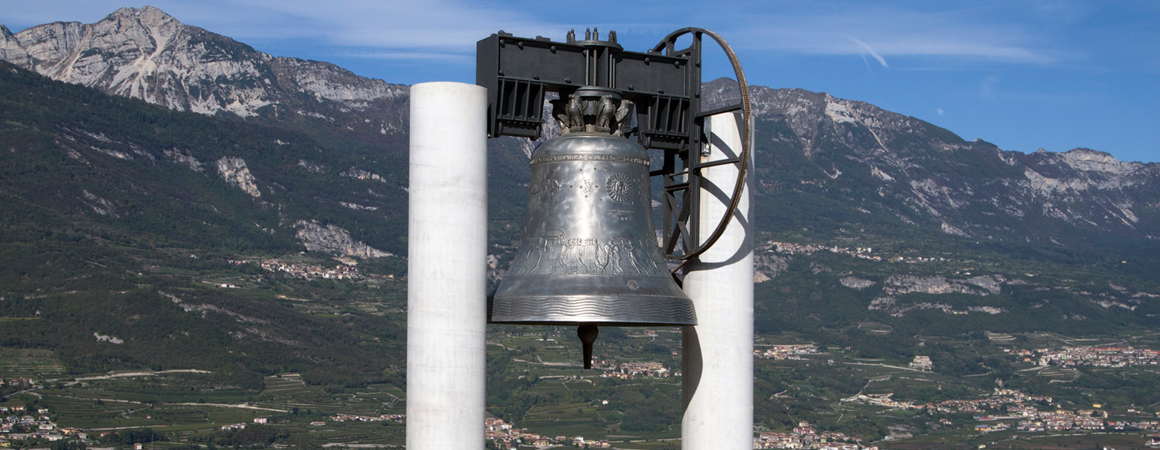The brutal beating to which Mahsa Animi was subjected in Tehran by agents of the "Moral Police" may have represented the point of no return in the, up to now, implacable system of social control inflicted on the Iranian population by the theocratic regime of the ayatollahs. The young Kurdish girl died last September 16 after three days of agony all because she was "guilty" of not wearing the veil (hijab) correctly, a law imposed on the entire adult female population since the 1980s.
Of course, in a country that is difficult to comprehend due to the presence of wide and lacerating contradictions, the conditional is a must, since it is certainly not possible to suddenly disregard the firm grip held on the country for over 40 years of dictatorship of religious fundamentalism. We may remember, for example, how approximately 10 years ago over two million Iranians took to the streets to ask the then president Ahmadinejad for freedom, secularism and democracy, without obtaining any concrete results. But the uninterrupted flourishing in many cities of the country, from mid-September to today, of processions organized by unveiled women, the long and noisy carousels of cars, the most prudent, yet wide and vocal, solidarity coming from the windows and balconies, the extension of the protest to universities, schools and other meeting places for young people, would suggest, now perhaps more than then, that the tolerance threshold has been reached. Even the recent story of Elmaz Reikabi, the athlete who competed without a hijab at the Asian Climbing Championships in Seoul, triumphantly welcomed on her return home but immediately subjected to restrictive measures by the authorities, is indicative of the existence of increasingly evident contrasts.
On closer inspection, today's Iran presents itself as a sort of "double-headed eagle". On the one hand, a country with a thriving cultural life, full of renowned universities, established film directors and world-famous architects, within urban spaces where churches and synagogues coexist with mosques.
In fact, it is precisely this "second Iran" that represents the popular pillar of a ramified and pervasive system that finds its political leader in President Ebrahim Raisi, a former religious figure, elected Head of State in 2021 following clearly fraudulent elections with a very low rate of participation. In the 1990s he had been directly involved in the mass executions of political opponents, reinforcing the ferocious "Death Commissions", set up by the "Supreme Leader" Ayatollah Khomeini. The present leadership includes the equally radical ayatollah Ali Khamenei (himself a former president) as the highest religious authority who, against all evidence, continues to accuse the United States and Israel of being the real instigators of popular anti-regime demonstrations. Finally, the dreaded "Revolutionary Guards" (Pasdaran) watch over the maintenance of public order, essentially removing the authority of the regular armed forces, inclined to apply, even to their compatriots, the brutal methods adopted on the battlefield against Iraqi and Syrian enemies.
It is a regime, moreover, which, beyond the ostentatious declarations of "revolutionary integrity", is steeped in corruption, as may be seen by the presence of both alcoholic beverages and satellite dishes for the reception of foreign channels in many homes in Tehran and other cities, despite the strict prohibition formally in force for both.
Western political analysts calculate 10-15 years as the period necessary so that the "feudal" part of the Iranian population, attracted by the Western behavioural models disseminated daily by the aforementioned TVs, find the courage to "free themselves" from the current subjection, thereby putting the survival of the regime, which is already heavily contested in urban centers, in serious danger. It should also be considered that half of the inhabitants (42 million out of 84) were born after the 1979 revolution, an element that undoubtedly plays against the sine die continuation of repression policies.
After all, models of life not far from European ideals were present in Iran until the fall of the Shah and the subsequent advent of theocracy. It would be an interesting, albeit purely theoretical, exercise to now calculate the levels of development that the country could have achieved, if only Reza Pahlavi had flanked his decidedly advanced modernization policies with greater respect for consolidated traditions and closer involvement of the population in the implementation of internal reforms.
Furthermore, there is no doubt that Iran has been in a phase of economic recession for some time. We may observe that 10 years ago the average per capita income was around 8,000 dollars whereas this year it is estimated at less than half (3,000 dollars) that amount.
This situation is heavily affected by the sanctioning regime applied by the United States and Europe starting from the fateful year of 1979, partially attenuated in 2015 at the time of the nuclear agreement (JCPOA) and subsequently, on the basis of the decision of US President Trump to revoke the agreement (2018) returned to the original criteria of rigidity, subject to limited exceptions.
Remaining in the international arena and highlighting the state of isolation in which Tehran has been in for some time now, a brief comment is required on relations with Russia. Following the decision by the European Union to "block" imports of gas and oil from the Federation, the two countries are now close to becoming competitors as regards supplies of hydrocarbons to China. It is however taken for granted that Moscow will tolerate this duopoly without protest, at least until it must resort to the Islamic Republic for the purchase of the sophisticated locally produced Shahed 136 drones. As facts and images have unfortunately proven, their use is aimed at the systematic destruction of the Ukrainian strategic infrastructure, with little or no regard for the fate of the civilian population and seems furthermore to be facilitated by the presence of Iranian instructors on Russian territory. Even this choice of sides could erect new and difficult to cross barriers in relations with the West.
Zhen, Zhian, Azadi (Woman, Life, Freedom) is the slogan articulated by the courageous demonstrators in the capital as well as in Karay, Ardebil, Marivan and many other places, also relaunched almost everywhere abroad through spontaneous solidarity marches (with haircuts of the participants) and protest meetings in front of the diplomatic offices of the Islamic Republic. According to the reliable evaluations of the Norwegian non-governmental organization Human Rights Watch, the number of victims in recent weeks has already exceeded 200, not to mention the thousands of imprisonments in inhumane local prisons (among those arrested is also the Italian travel blogger, Alessia Piperno)
To conclude on a more positive note, it is a sign of real hope that influential Iranian political figures, such as former presidents Mohammad Khatami and Hassan Rouhani, close to the "reformist" wing, have in no way taken the floor to condemn popular demonstrations. Theirs is a silence that weighs, also because it can be (and has been) interpreted as an indirect dissociation from the repressive methods and serious abuses committed by the regime in power.
In short, despite the existence of difficulties and significant obstacles, the entry for a gradual democratization of the Iranian Islamic Republic is now underway. The possible, hoped-for extension of protest at the bazaars, which led to decisive results at the end of the 1970s with the fall of the Shah, could for example reveal itself in the form of a protracted closure of shops and commercial enterprises, which after almost half a century might still be decisive even in the current, and very different, internal situation.
Reggente Marco Marsilli, Foundation President

 copia.jpg)







